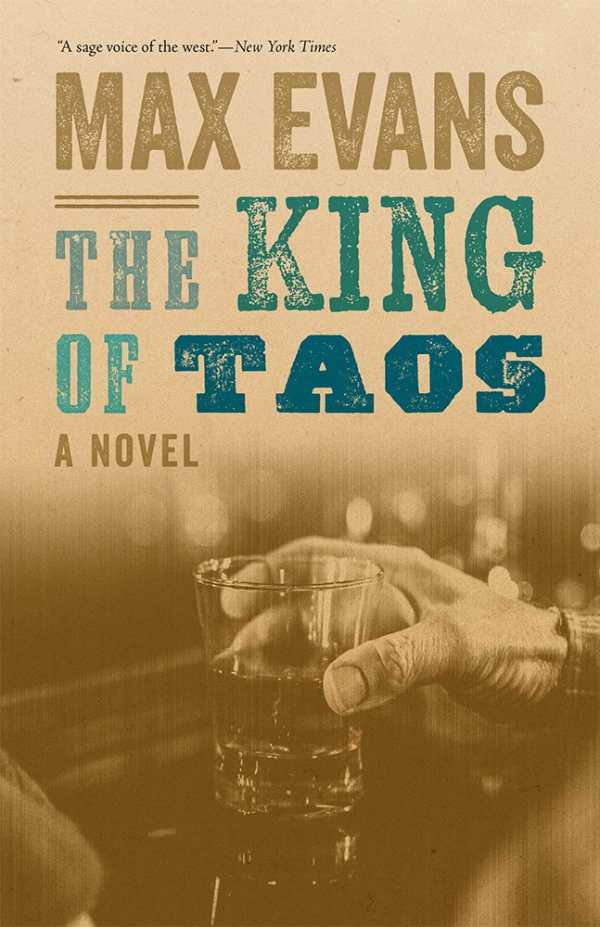The King of Taos
In his novel The King of Taos, Max Evans chronicles the lives of friends who wile away their days drinking in a local bar and thinking up ways to make a little money in their tourist-heavy New Mexico town.
Set in the 1950s, Evans’s novel unfolds as a series of distinct episodes, with time passing slowly in the lived-in setting for his realistically lost characters. There’s Zacharias, who spends most days drunk, asking favors from friends while he waits for a huge check from the Veterans Administration that he swears will be arriving any day. While his wife works and his children grow, Zacharias borrows against his potential windfall. Meanwhile, Shaw, a young aspiring artist who moves to town, finds a muse in the prostitute whom he routinely paints, and creates a lot of work to sell to eager tourists.
The group includes men known as the Lover, the Fighter, and the Undertaker, whose apt nicknames reflect the roles they play in a town where little seems to change. Their stories are interconnected: Zacharias ensures that his daughter will marry the Lover, Shaw befriends the town’s one successful artist, everyone congregates at the local hangout, and all are on a never-ending search for a little more money and a little more alcohol.
Though the stakes of the The King of Taos seem small, they loom large to the characters, resulting in a novel filled with easy charm. The landscape of Taos draws the visitors who fund the townspeople’s existences, and that setting is rendered with such beauty that it becomes a presence in its own right. The King of Taos is a nostalgic portrait of a time and place, packed with people whose mistakes and shifting ambitions make them memorable.
Reviewed by
Jeff Fleischer
Disclosure: This article is not an endorsement, but a review. The publisher of this book provided free copies of the book to have their book reviewed by a professional reviewer. No fee was paid by the publisher for this review. Foreword Reviews only recommends books that we love. Foreword Magazine, Inc. is disclosing this in accordance with the Federal Trade Commission’s 16 CFR, Part 255.


